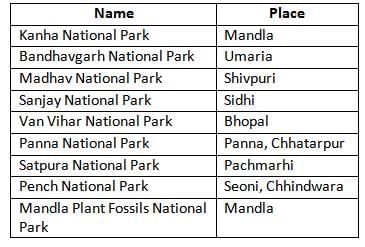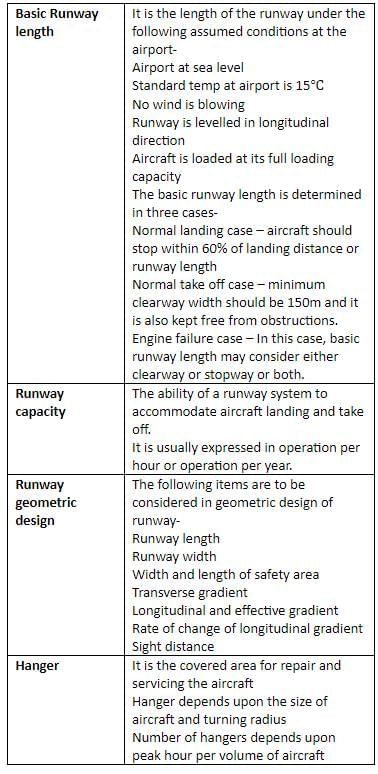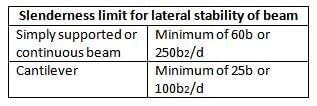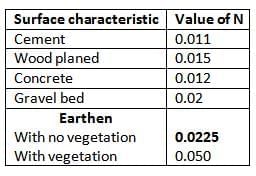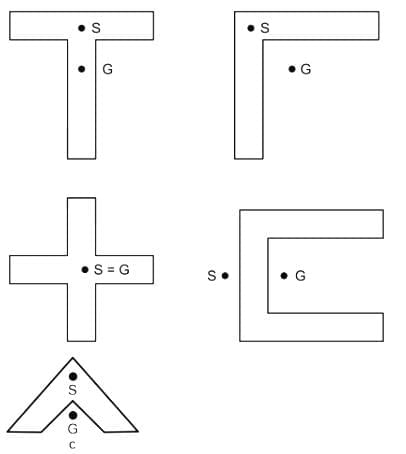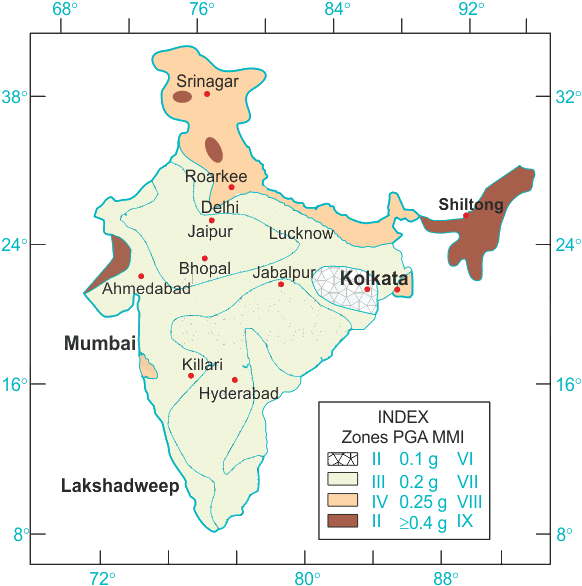MPPSC AE CE Mock Test - 5 - Civil Engineering (CE) MCQ
30 Questions MCQ Test - MPPSC AE CE Mock Test - 5
How many forest territorial circles has Madhya Pradesh been divided into?
The core part of an operating system which is one of the first programs loaded on start-up and manages computer system resources is:
Which district in Madhya Pradesh has the maximum population growth rate?
In which place are the Caves of Mrigendra Nath in Madhya Pradesh located?
Which historical event significantly shaped the anti-infiltration narrative behind Assam’s eviction drives?
Who among the following are the beneficiaries of ‘Mukhyamantri Kaushalya Yojana’ of Madhya Pradesh Government?
Which of the following National Parks is Not located in Madhya Pradesh?
Which of the following is not a composition of Pandit Makhanlal Chaturvedi?
The thickness of the gusset plate for column base should not be less than
Match the designated component in List 1 with its purpose at airports in List 2.

The velocity of drainage water in the barrels of syphon aqueduct is normally limited to
What should be the clear distance between the lateral restraint for continuous beams?
By what value the bond stress of deformed bars is increased in tension?
The coefficient of roughness for an earthen canal, in excellent condition, is taken as
In plastic theory, among the given shape of the cross section, which the steel member has the largest shape factor?
In earthwork computations on a longitudinal profile, the diagram prepared to work out the quantity of earthwork is:
Find the hydraulic mean radius of a channel, having mean velocity of 2 m/sec., if the silt factor is 1.0 and channel is designed by Lacey's theory -
If the dimension of water tank is greater than 15 m in this case minimum steel requirement of steel is
A quick and reasonably accurate method of determining the moisture content of fine aggregate is:
Identify the WRONG diagram. (G-Centroid, s-shear center)

 = 20 kN/m3), The centre to centre distance of piles is 0.75 m in both direction. Factor of safety = 3, adhesion factor
= 20 kN/m3), The centre to centre distance of piles is 0.75 m in both direction. Factor of safety = 3, adhesion factor  = 0.60, then the safe load for pile group is
= 0.60, then the safe load for pile group is
As per IS : 1893 (Part I) 2016, the design horizontal seismic co-efficient Ah for a structure is determined by




